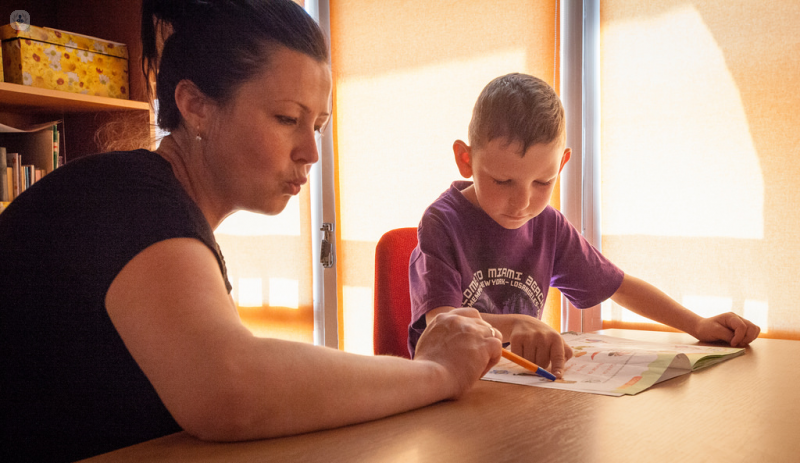Dysarthria
What is dysarthria?
Dysarthria is a condition characterised by speaking difficulties. Dysarthria is a difficulty of the movement and control of the muscles that enable speech, rather than a difficulty with finding the right words and using language.
Dysarthria which has occurred as a result of brain damage before birth is known as developmental dysarthria, and is most commonly found in children. Adults are more likely to acquire dysarthria as a result of an injury, tumour, or condition such as Parkinson’s disease.

Symptoms of dysarthria
Symptoms of dysarthria can include:
- irregular speech rhythm
- speaking too loudly or quietly
- slow or slurred speech
- monotone speech
- a nasal-sounding or strained voice
- problems with moving your tongue or lips
The combination of one of more of these issues can make it difficult to understand what someone with dysarthria is saying, so the goal of treatment is to improve communication where possible, whether directly (improving the quality of speech) or indirectly (finding other ways to communicate).
How is dysarthria diagnosed?
A speech therapist will diagnose dysarthria by carrying out an assessment. This can involve asking you to read something aloud, talk on a particular subject, or make certain sounds.
What causes dysarthria?
Dysarthria can be caused by a number of conditions, including:
- multiple sclerosis
- cerebral palsy
- Parkinson’s disease
- Lyme disease
- Huntington’s disease
- amyotrophic lateral sclerosis (ALS)
It can also develop as the result of a head injury, brain tumour, or stroke.
How is dysarthria treated?
Dysarthria is treated by a speech and language therapist. They will support both the person with dysarthria and their family and close friends to find ways to communicate better, providing advice on a number of possible strategies. They will also teach exercises to strengthen the facial muscles, improve breathing, and thereby make speech louder and clearer.
In some cases, the speech and language therapist will recommend the use of specialist equipment to help the person with dysarthria communicate. This can include a range of tools from simple letter boards to dedicated computer equipment such as voice output systems.
Prognosis of dysarthria
The outlook depends on how someone acquired the condition. Some forms of dysarthria will progress over time, while others may remain the same or improve with treatment.